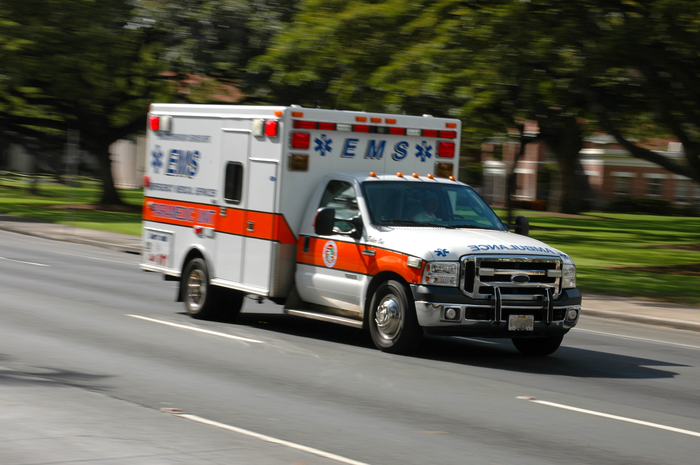
When we think of critical suction scenarios, we tend to envision our most serious patients: the elderly cardiac who arrested at a local restaurant, having just finished a hearty meal; the multisystem trauma patient involved in a high-speed, head-on collision; or the unresponsive overdose who collapsed outside the nightclub. These are the patients who stand out in our minds when we reflect on critical suction scenarios.
But this mentality is misleading. Critical suction scenarios can arise whenever you have a compromised airway. Something as simple as a baseball to the face can become a critical suction scenario if the airway becomes clogged with blood and tissue. That is why preplanning for such events is a necessary part of EMS response.
Why Preplan?
Emergency medical scenes can be extremely chaotic. Horrific car crashes, complex medical conditions, or mass-casualty scenarios make for hectic events that demand expedient intervention. There is no time to sit back and contemplate. Your interventions must be precise, effective, and immediate, so don't wait for the scenario to occur to plan your course of action.
The same can be said of critical suction scenarios. They can occur at any time, so a bit of preplanning can go a long way. To ensure you are ready, here are three tips to incorporate when preplanning for critical suction scenarios:
1. Equipment Readiness
Your equipment is of no use to you if it is not maintained. And the key to suction unit maintenance is the following:
- Check your unit at the beginning of each shift.
- Keep the unit charged and the batteries fresh.
- Ensure the unit is cleaned and disinfected after each use.
- Have an assortment of accessories on hand, to handle any patient/scenario.
- Keep backup units on hand for replacement and for mass-casualty events.
2. Training and Education
Learning is an essential component of emergency medicine. Continuing education is not only required for license renewal but is a fundamental part of skills proficiency. The dynamic field of EMS is always changing, with new techniques, improved equipment, and better technology to enhance field medicine. It is your job to stay on top of these changes, and when it comes to critical suction scenarios, the learning never stops. Here are a few pointers:
- Incorporate suction technique into your code practice scenarios.
- Review airway anatomy to enhance suction techniques.
- Discuss the differences between pediatric and adult suction techniques.
- Review the dangers of improper suctioning to prevent mishaps in the field.
- Discuss variations in suction catheter size/style and their appropriateness per patient.
3. Index of Suspicion
The final tip for preplanning critical suction scenarios is to maintain a high index of suspicion when it comes to airway intervention. The need for suction is not limited to critical patients. Under the right conditions, anyone can be at risk for airway obstruction. Here are a few examples:
- Any trauma call involving facial, head, or neck injury
- Any patient with a reduced level of consciousness (diabetics, stroke, overdose)
- Elderly patients, who may have a reduced ability to swallow
- Any scene in a remote location—take the suction unit with you
- Any patient requiring an advanced airway—suction is a necessity!
Preplanning is an essential tool in EMS. Emergency scenes are high-paced, high-stress events, where you won't have the luxury of quiet contemplation. You must be mentally and physically prepared to handle any emergency. This includes having the right equipment on hand, and your portable suction unit should be foremost in your mind. When it comes to critical suction scenarios, a bit of preplanning goes a long, long way.















